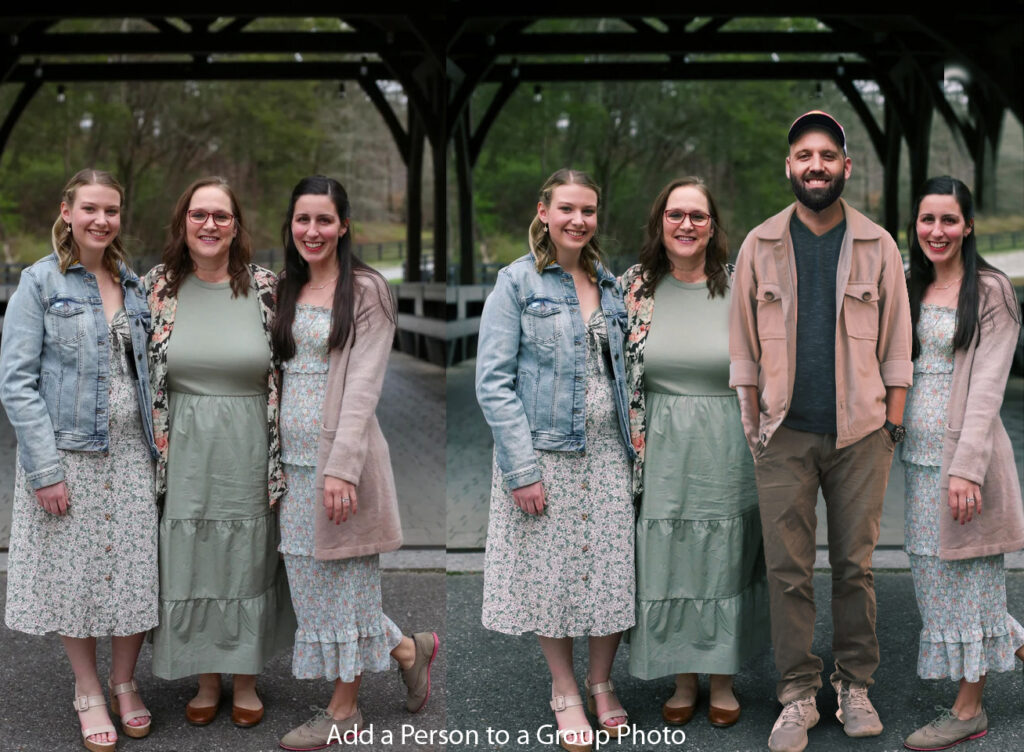The Art of Body Photo Editing: Why You Need It
In today’s society heavily influenced by visuals and social media, the desire to appear perfect is stronger than ever. Body photo editing has become more common, allowing us to adjust imperfections and enhance our features. But why do we feel compelled to digitally alter our bodies, and what does this trend mean for us? The Search for Flawlessness In a time when Instagram filters and editing tools are easily accessible, the chase for the ideal body image has escalated to new heights. Influencers and celebrities have established beauty standards that appear unattainable, leading many of us to edit our photos before posting them online. Whether it involves removing imperfections, trimming waistlines, or highlighting muscles, photo editing has become a tool to attain the perfect look that society frequently expects. Body Photo editing for The Power of Social Media In a realm where each swipe reveals a realm of meticulously selected images and seemingly perfect individuals, the practice of body photo editing has risen as a potent instrument for self-expression, empowerment, and even activism. While a few may perceive photo editing only as a method to achieve a perfected beauty norm, its influence reaches much further than just aesthetics, molding stories, questioning stereotypes, and nurturing a feeling of togetherness. In this space, we delve into the transformative influence of body photo editing in the domain of social media Social media has had a huge impact on the way we perceive body image. With platforms like Instagram, Facebook, and Snapchat filled with perfectly edited photos, there is a growing pressure to always look flawless online. This has led many to resort to editing their own photos to fit in with the unrealistic standards set by social media. In the constantly changing world of social media, body photo editing is being used as a versatile tool for empowerment, representation, and activism. By questioning beauty norms, highlighting marginalized perspectives, promoting body positivity, forming connections, and encouraging self-expression, individuals on social media are utilizing editing tools to influence a more diverse and fair digital environment. As we explore the intricacies of social media, let’s acknowledge the power of body photo editing to make a positive impact and appreciate the varied beauty found in human diversity. Body photo editing for Confidence and Physical Appearance Our online presence plays a significant role in shaping our self-perception and how others see us. Body photo editing has become a controversial practice, serving as both a confidence booster and a source of concern. While it can help improve self-esteem and enhance physical appearance, it also brings up issues of authenticity and the effects of digitally altered images on our mental health. Let’s explore the intricate world of body photo editing and its impact on confidence and appearance in today’s digital era Self-confidence and how we perceive our bodies can be greatly affected by the prevalence of photo editing. Although it may appear harmless, constantly comparing ourselves to digitally enhanced images can skew our perception of beauty and make us feel inadequate. Additionally, relying on photo editing to attain an idealized look can create a never-ending cycle of unrealistic expectations and dissatisfaction with our own bodies. The Illusion of Authenticity Body photo editing is a matter of concern due to its ability to uphold the idea of authenticity. With the use of advanced editing techniques, it has become more challenging to differentiate between genuine and digitally modified images. This blending of reality can establish impractical expectations not just for ourselves but also for others, as we unconsciously accept the edited pictures we come across online as accurate depictions of real life. Empowerment versus Dependence While there are downsides, editing body photos can also be seen as a way to empower oneself. Many people find that editing their pictures lets them showcase their creativity and display themselves in a manner that boosts their confidence and sense of empowerment. It’s important, though, to find a middle ground between using editing tools for self-expression and relying on them too heavily for self-assurance. Body photo editing has become a significant part of our culture, providing a platform for self-expression and posing challenges to our self-esteem. It’s common to want to showcase our best selves on social media, but it’s important to keep in mind that perfection is unrealistic. By embracing our true selves and appreciating our unique characteristics, we can develop a more positive connection with our bodies and the photos we post. Real beauty is found in accepting our flaws and embracing our individuality.








